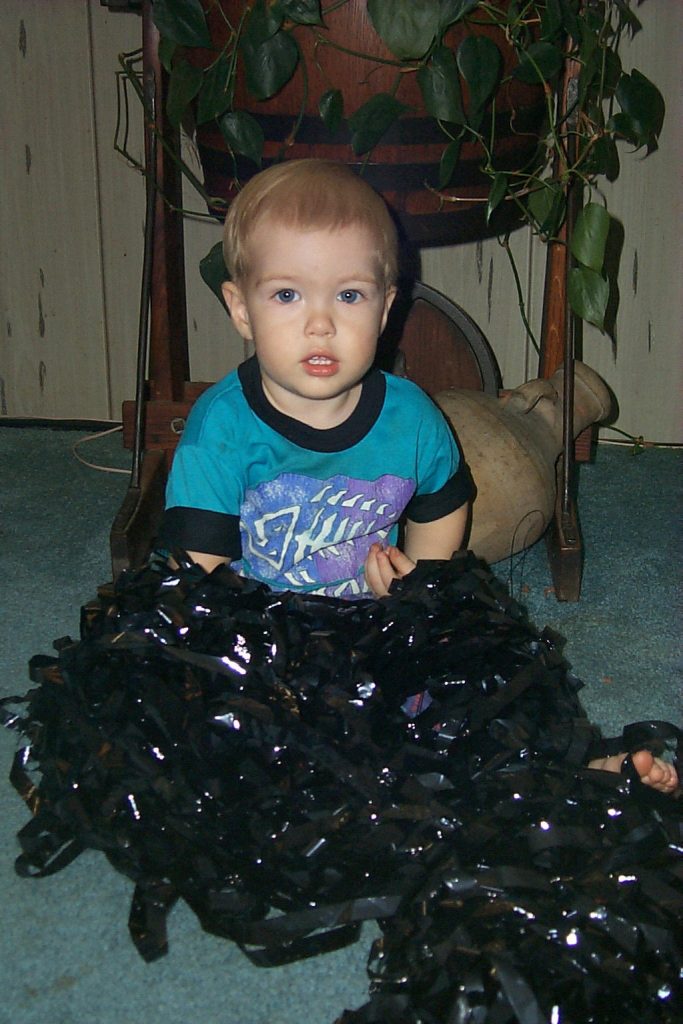DVD has been with us for over 25 years and is fading out. One reason for that is most television and Internet broadcasts are now in High Definition and DVD only supports Standard Definition which was the format for most video tapes. DVD players are less common as most people stream their media. The DVD has the advantage of being played in conventional DVD player and the digitized video can be extracted and converted into another format. But the biggest advantage is that it can not be accidently erased. It is strongly recommended that if video conversion is made to a flash drive that the flash drive be backed up. Flash drive life can be 10 years, but we have experienced shorter times. The key to passing along family memories is simple…redundancy of the recordings. The key to passing along family memories is simple…redundancy of the recordings. The key to passing along family memories is simple…redundancy of the recordings. You get the idea… 🙂
Price to DVD? Price is based on the length of the recording. $15 per hour.
What tape formats? VHS, VHS-C, S-VHS, S-VHS-C, 8mm, Hi-8, Digital 8, min-DV & Betamax
MP4 file? Yes we can convert your tapes to MP4 and put on a flash drive. The conversion can be first made to DVD. The DVD is then converted to MP4. The additional conversion is $5 per hour of the recording. You will get both versions. If no DVD is desired the price is $20 per hour for transfer. A flash drive is additional, if not provided by the customer. It is included if the order exceeds 10 hours.
Tape repair – We can do repair work on most tapes that have been damaged or broken.

History of DVD
Originally it stood for Digital Video Disc, but because this format has so many other uses the name has been dropped and it is simply referred to as DVD. It looks like a CD but holds 7 times as much information. This increase in storage capability allows 2 hours of video to be stored on one disc. DVD dates back to 32 bit operating systems and a file size limit of 2 GB. The DVD process took large MPEG files and broke them down into roughly 1 GB VOB files for the proprietary DVD format. DVD increased its capacity by utilizing a dual layer system, seen at DL. As neither size could accommodate high definition, Blu-ray was developed, which did not see wide spread acceptance. The time it took to render large file sizes, made the format impractical.

Is there anything I can do to keep my tapes as long as possible?
Yes. Tape life is directly related to storage methods. Use the following guidelines to maximize the life of your tapes.
- Store away from magnetic fields. Never place a tape near a speaker.
- Store in an upright position like a book.
- Store the tape fully re-wound.
- Store in a climate controlled environment.
- Exercise the tape from time to time. Fast forward the tape to the end and rewind it. This is particularly important if you play the same segments repeatedly.
- Check for signal loss and make backup copies.
Will we be using DVD in a 100 years? Not likely, but the important part about DVD is that the information has been digitized and can be transferred to whatever format is in store for the future without any generation loss. Currently, every time videotape is duplicated the copy never looks as good as the original, a term referred to as generation loss.
Editing and/or advanced authoring is additional – $75 per hour. Editing would be transferring only certain selections of videotapes. Advanced authoring would setting up specific chapter points on the DVD for easier reference. (Ex. Mary’s Birthday Party, Dad’s Retirement Speech, Our Trip to the Shore, etc.)
Copying HD video to Blu-ray is also available call or email for pricing. With Blu-ray not being widely used, this may not be the best option.
Please keep in mind that we cannot duplicate copyrighted material.
